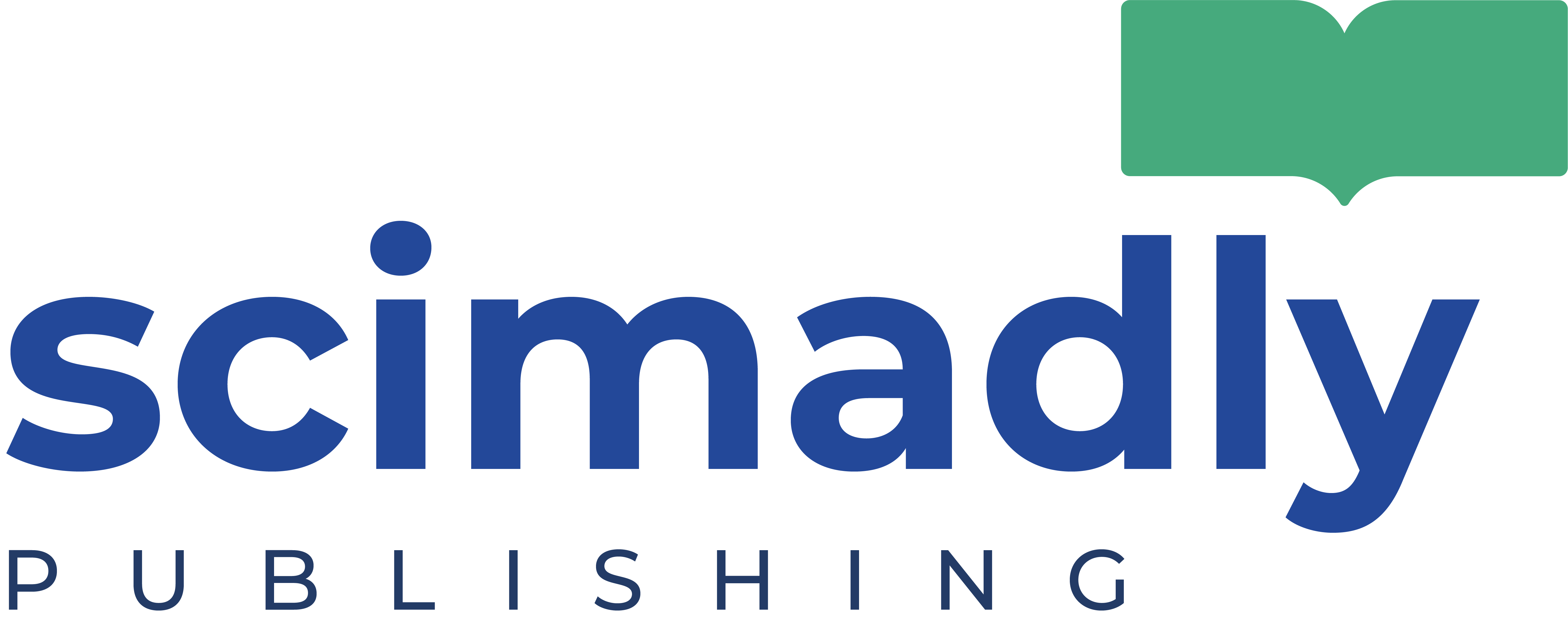Pengaruh Model Problem Based Learning Terhadap Kemampuan Berpikir Kreatif Matematis Siswa pada Materi Kubus dan Balok
DOI:
https://doi.org/10.55657/rmns.v1i2.66Keywords:
Mathematical Creative Thinking Ability, Problem-Based Learning, Cube and CuboidsAbstract
This study discusses the effect of the Problem Based Learning model on students' mathematical creative thinking skills on cube and cuboid material. The research was carried out using an experimental method involving students of SMP Negeri 3 Limboto Barat as research subjects. The research design used is Post Test Only Control Design. Sampling was carried out using the Simple Random Sampling technique. Measuring mathematical creative thinking ability is done using a test instrument that has met the requirements of item validity and instrument reliability requirements. The results showed that applying the Problem-Based Learning model in learning significantly influenced students' creative thinking skills on cube and cuboid material. This can be seen from students' mathematical creative thinking ability in learning using the Problem-Based Learning model, which is higher than students' mathematical creative thinking ability in direct learning.
Downloads
References
I. Hormadia and A. Putra, “Systematic Literature Review: Kemampuan Berpikir Kreatif Pada Pembelajaran Matematika,” Didact. Math., vol. 3, no. 1, pp. 1–7, Apr. 2021, doi: 10.31949/dm.v3i1.914.
E. Pehkonen, “The state-of-art in mathematical creativity,” Zentralblatt für Didakt. der Math., vol. 29, no. 3, pp. 63–67, Jun. 1997, doi: 10.1007/s11858-997-0001-z.
H. N. Dinni, “HOTS (High Order Thinking Skills) dan Kaitannya dengan Kemampuan Literasi Matematika”, prisma, vol. 1, pp. 170-176, Feb. 2018.
N. Marliani, “Peningkatan Kemampuan Berpikir Kreatif Matematis Siswa melalui Model Pembelajaran Missouri Mathematics Project (MMP),” Form. J. Ilm. Pendidik. MIPA, vol. 5, no. 1, Aug. 2015, doi: 10.30998/formatif.v5i1.166.
A. Budiningsih, Belajar dan Pembelajaran. Jakarta: Rineka Cipta, 2012.
R. Anderson, A. Loviscek, and J. Webb, “Problem-based Learning in Real Estate Education,” J. Real Estate Pract. Educ., vol. 3, no. 1, pp. 35–41, Jan. 2000, doi: 10.1080/10835547.2000.12091568.
R. I. Arends, Learning to Teach (9th ed.). New York: Mc Graw-Hill,
Companies, Inc, 2012.
C. E. Hmelo-Silver and C. Eberbach, “Learning Theories and Problem-Based Learning,” in Problem-Based Learning in Clinical Education, Dordrecht: Springer Netherlands, 2012, pp. 3–17. [Online]. Available: http://link.springer.com/10.1007/978-94-007-2515-7_1
R. A. Tarmizi and S. Bayat, “Collaborative problem-based learning in mathematics: A cognitive load perspective,” Procedia-Soc. Behav. Sci., vol. 32, pp. 344–350, 2012, doi: 10.1016/j.sbspro.2012.01.051.
N. I. Abdullah, R. A. Tarmizi, and R. Abu, “The Effects of Problem Based Learning on Mathematics Performance and Affective Attributes in Learning Statistics at Form Four Secondary Level,” Procedia-Soc. Behav. Sci., vol. 8, pp. 370–376, 2010, doi: 10.1016/j.sbspro.2010.12.052.
K. A. Y. Pauweni and M. E. B. Iskandar, “Meningkatkan Kemampuan Pemecahan Masalah Matematika Melalui Model Problem-Based Learning Pada Materi Bilangan Pecahan,” Euler J. Ilm. Mat. Sains dan Teknol., vol. 8, no. 1, pp. 23–28, Apr. 2021, doi: 10.34312/euler.v8i1.10372.
H. Hendriana, T. Johanto, and U. Sumarmo, “The Role of Problem-Based Learning to Improve Students’ Mathematical Problem-Solving Ability and Self Confidence,” J. Math. Educ., vol. 9, no. 2, pp. 291–300, Jun. 2018, doi: 10.22342/jme.9.2.5394.291-300.
E. Surya, E. Syahputra, and N. Juniati, “Effect of problem-based learning toward mathematical communication ability and self-regulated learning,” J. Ed. Practice, vol. 9, no. 6, pp. 14-23, 2018.
D. J. Suparman and M. Tamur, “Problem-based learning for mathematical critical thinking skills: A meta-analysis,” Journal of Hunan University Natural Sciences, vol. 48, no. 2, 2021.
V. S. Kurnila, M. Badus, E. Jeramat, and G. P. Ningsi, “Peningkatan Kemampuan Literasi Matematika Melalui Pendekatan Problem Based Learning Bermuatan Penilaian Portofolio,” Euler J. Ilm. Mat. Sains dan Teknol., vol. 10, no. 1, pp. 88–97, May 2022, doi: 10.34312/euler.v10i1.13963.
P. Simarmata, “The Effect of Models Creative Problem Solving and Problem Based Learning to Improvability Problem Solving Students,” JMEA J. Math. Educ. Appl., vol. 1, no. 1, pp. 31-43, 2022.
A. M. Goni, H. Tumurang, and K. Ester, “Problem Based Learning (PBL) Model and Mathematics Learning Outcomes Students,” Specialusis Ugdymas, vol. 1, no. 43, pp. 8277-8284, 2022.
V. Damopolii, N. Bito, and R. Resmawan, “Efektifitas Media Pembelajaran berbasis Multimedia pada Materi Segiempat,” Algoritm. J. Math. Educ., vol. 1, no. 2, pp. 74–85, 2019, doi: 10.15408/ajme.v1i1.
A. A. Diu, A. D. Mohidin, N. Bito, S. Ismail, and R. Resmawan, “Deskripsi Penggunaan Multimedia Interaktif pada Pembelajaran Matematika Bangun Ruang Sisi Lengkung Tabung,” Jambura J. Math. Educ., vol. 1, no. 2, pp. 83–89, Oct. 2020, doi: 10.34312/jmathedu.v1i2.7613.
S. Nuna, R. Resmawan, and D. R. Isa, “Identifikasi Kemampuan Koneksi Matematis Siswa Ditinjau dari Kemampuan Spasial pada Topik Prisma dan Limas,” Jambura J. Math. Educ., vol. 1, no. 2, pp. 90–97, Oct. 2020, doi: 10.34312/jmathedu.v1i2.7675.
S. Sugiyono, Metode Penelitian Pendidikan Pendekatan Kuantitatif, Kualitatif dan R&D. Bandung: Alfabeta, 2013
Downloads
Published
How to Cite
Issue
Section
License
Copyright (c) 2022 Selfiani Selfiani, Tedy Machmud, Resmawan Resmawan, Yamin Ismail

This work is licensed under a Creative Commons Attribution-NonCommercial-ShareAlike 4.0 International License.












